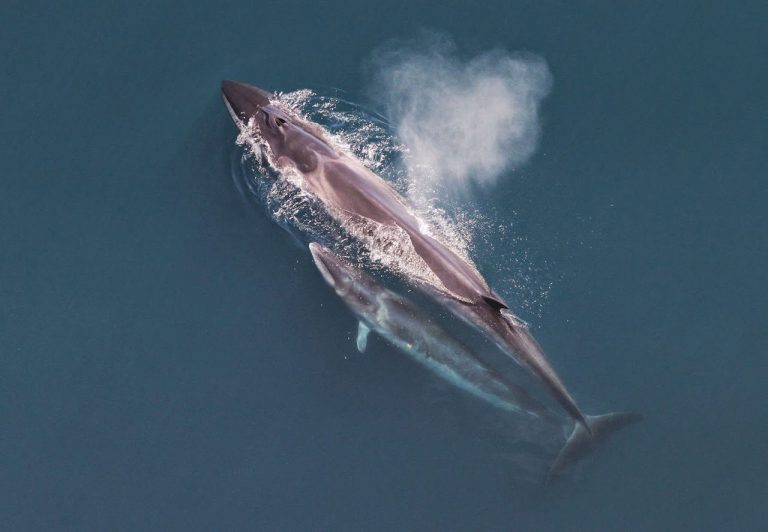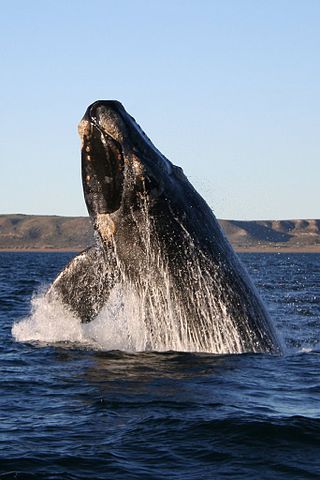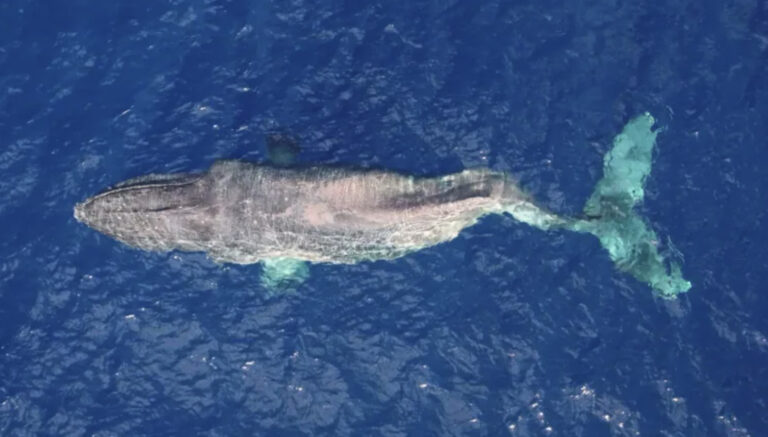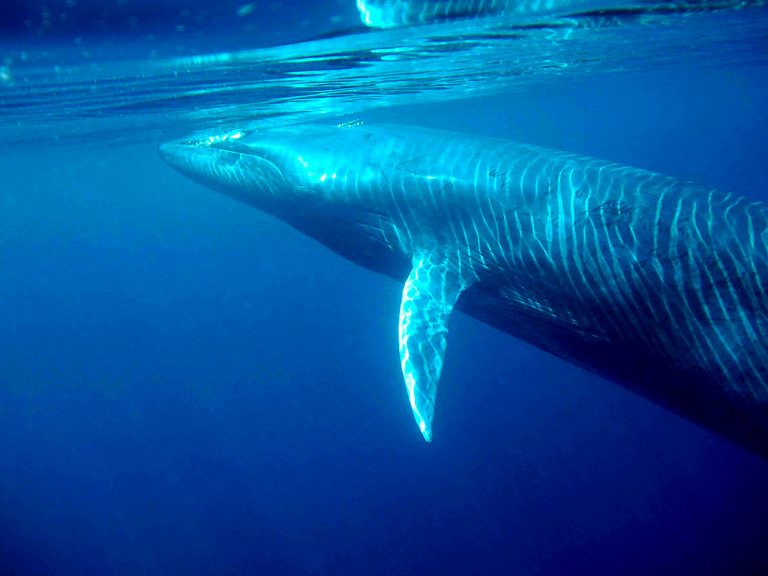Differences Between Sharks And Whales: Which Is A Mammal Or A Fish?
Drawing a clear line between Sharks And Whales can get confusing. Learn which is a mammal and which is a fish.
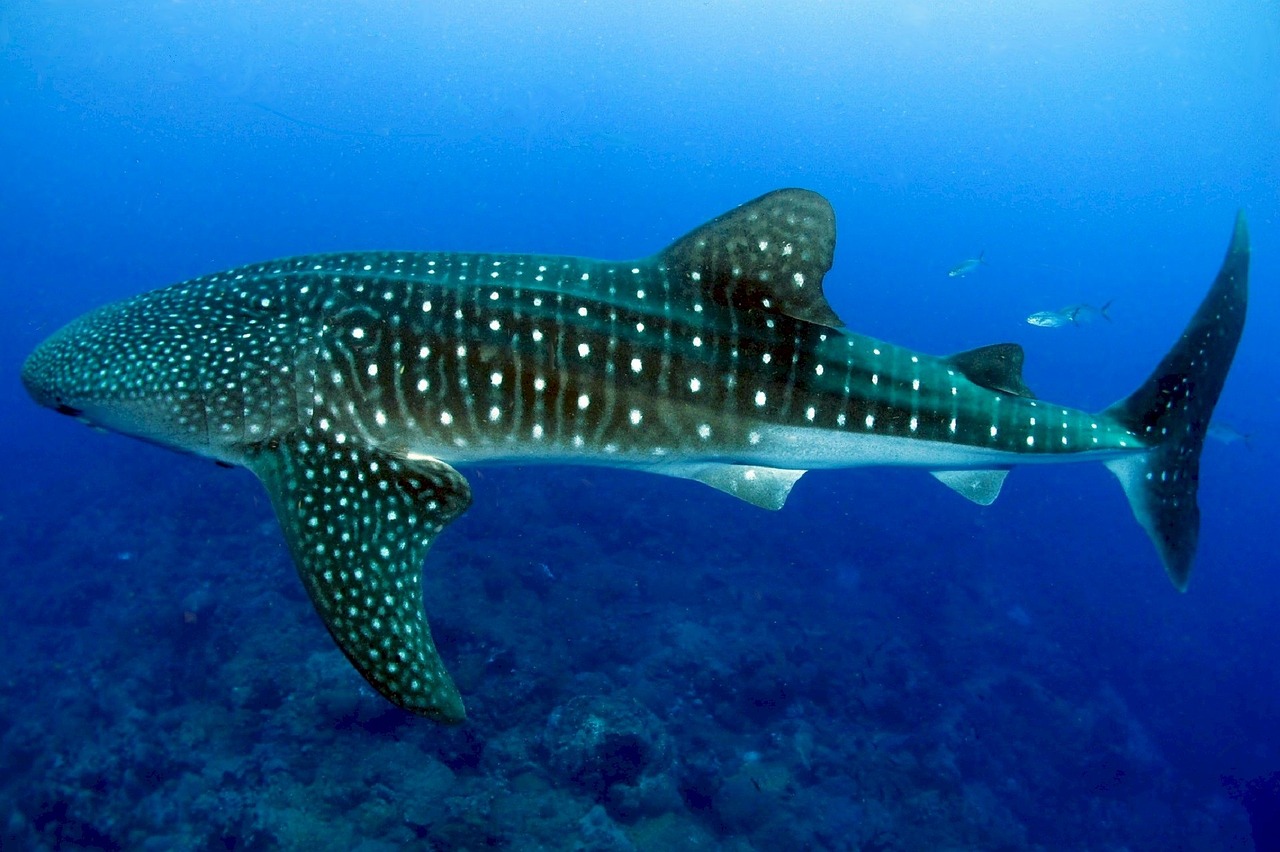
If you are anything like most people, you would have at some point thought sharks and whales, especially the very large species, are similar or even related.
Take the example of the largest sharks and whales, for instance.
The whale shark and the basking shark are filter feeders, so are the grey whales, blue whales, and so on. They are all massive creatures, relatively gentle and harmless to humans. Also, they all have dorsal fins and lack teeth.
Well, strangely enough for those hearing it for the first time, sharks and whales are not related.
Whales are mammals and sharks are fish.
In fact, these two classes of marine creatures are remarkably distinct after you take a closer look. So, let’s do that right away.
Even a savvy animal lover could be confused especially when they hear names like “whale shark” in reference to a fish not a whale.
Differentiating Between Sharks And Whales
Why Are Whales Mammals And Sharks Fish?
There are several clear distinguishing characteristics between these sea creatures. The major ones are:
1) Breathing System
Gills or lungs: Sharks and other types of fish can stay underwater indefinitely because of one trait. They can absorb oxygen from the water around them using their gills.
Fish gills are easily located in slits usually on either sides of the head. Gills look like tendrils or fringes and are actually thin sections of blood-red tissue used to breathe.
On the other hand, whales can’t stay underwater indefinitely. They must come up for air at intervals. Because of that, they are pretty much like humans, dogs, bears, etc that live on land.
They use lungs to breathe, like we do, and they get their oxygen through the air that’s sucked in through their blowholes.
This blowhole is the opening you’ll find on top of their heads (dolphins have them too).
2) Skeletal Structure
Bone or cartilage: Whale skeleton is made of bone just like humans. So, these bones are still recovered many years after the animals death. Because of that, you’ll often find the skeletons of whales on display in various museums and educational establishments.
But that’s not the case for sharks. In their own case, their skeleton is made of a firm but flexible substance called cartilage. Hence when they die, shark skeletons dissolve very quickly and they have a lighter skeleton as compared to whales.
Interestingly, cartilage is a very important component in the human body. It gives structure to our rib cage, outer ear, nose, the ends of our long bones, etc.
To swim, sharks move their tails from side-to-side while whales move theirs up-and-down.
3) Body Temperature Regulation
Cold-blooded/warm-blooded: One major difference between sharks and whales is the way they regulate their body temperature.
Sharks are ectothermic. They are more commonly referred to as “cold blooded” meaning they can’t regulate their own body temperature. Snakes, lizards, turtles, are the same and must depend on external sources like sunlight or heated rocks to keep warm.
Therefore, you’ll commonly find most species of sharks in warmer or more temperate waters. However, there are some sharks that have been able to adapt traits that allow them survive in extremely cold waters. For example the Greenland shark.
Again, like us, whales are endothermic or “warm-blooded.” They can regulate their own body temperature internally, so they can live in either cold or warm environments.
The fact that some sharks lay eggs while others give birth to live pups causes even more confusion in separating them from mammals.
4) Nursing Of Calves
Lots of care or no care: Sharks reproduce in various ways and this is another source of confusion in the mammals versus fish debate.
Some species lay eggs and some give birth to their young alive. Nevertheless, shark moms don’t provide any care to their young or hatchlings after birth.
At all.
Some shark babies even have to swim away very fast as soon as they are born so their mothers don’t eat them!
Luckily for whale babies (calves), they get almost as much care as we humans give our own babies. Whale calves feed on mother’s milk for over a year and are well protected for years afterwards.
5) Skin Type
Hair or scales: Whales have a little hair on their smooth skin. Typically, you’ll find a patch of it on their head. Some species have hair follicles around their mouths.
But sharks are covered with scales of different shapes, color, and composition.
So, to summarize, whales like other mammals have some hair, hard skeletons, breathe oxygen, are warm-blooded, and produce milk for their young.
Sharks have scales, cartilage skeleton, are cold-blooded, have gills, and don’t nurse their young.
So you now have more definitive information about these two groups of awesome marine creatures.

